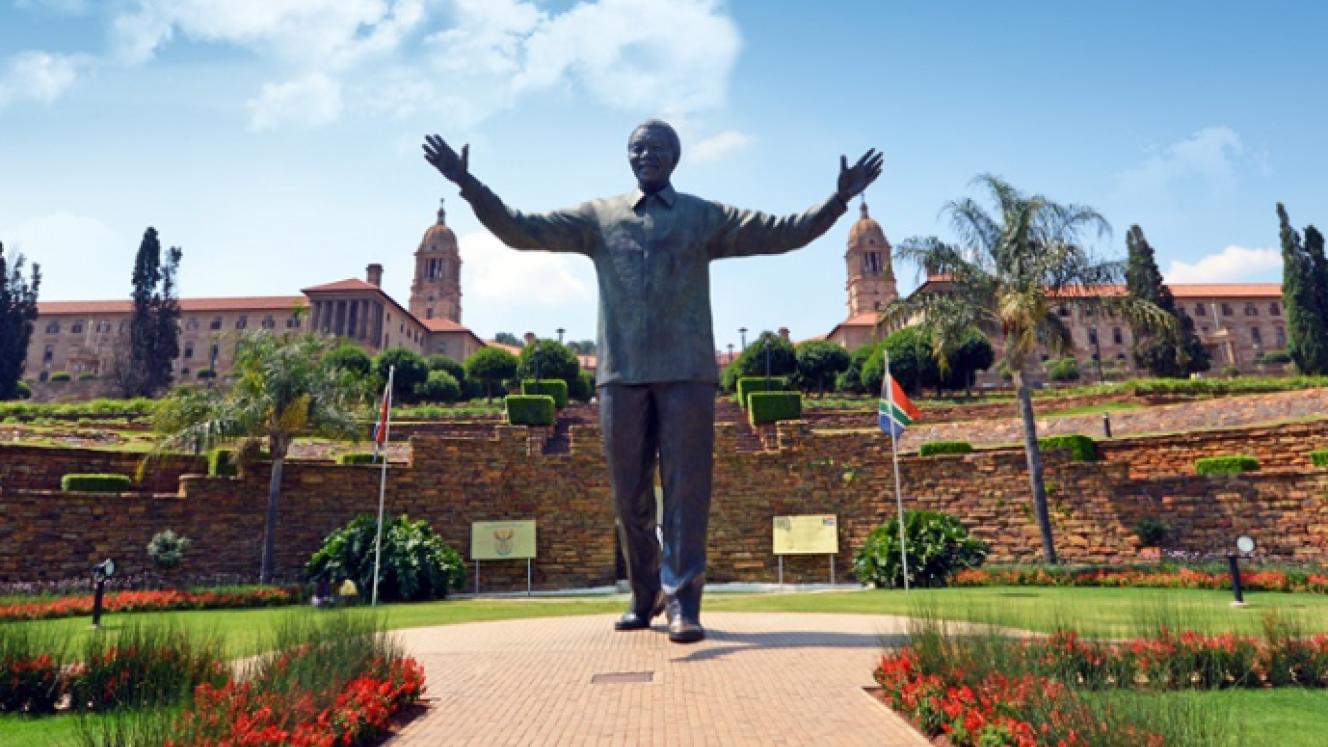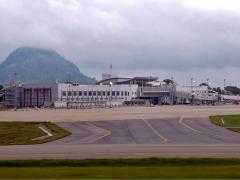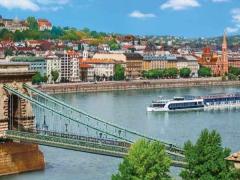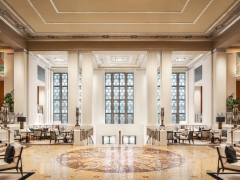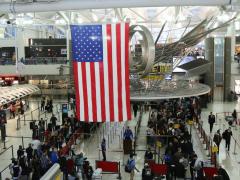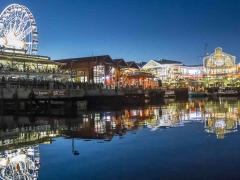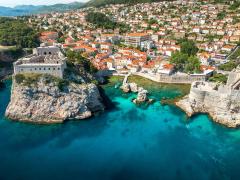According to the Gauteng Tourism Authority (GTA), this year’s Freedom Month is celebrated under the theme ‘The year of Charlotte Maxeke: the meaning of Freedom under Covid-19’. In the years following transition to democracy, government invested in a number infrastructure projects with the aim of preserving and telling the history of our liberation for generations to come, and the province of Gauteng boasts a number of these. The GTA encourages people of Gauteng and South Africa to use this time to reflect and explore these sites in commemoration and celebration of the journey travelled thus far.
And of course, for local tourists, it doesn't have to be Freedom Day or Freedom Month for them to explore the history of Freedom in South Africa. There are places of interest, connected to the struggle for freedom, all across Gauteng Province.
Freedom Park is a 52ha precinct in Salvokop, Tshwane (Pretoria). It is a site of remembrance where South Africa honours and pays tribute to those who sacrificed their lives in the struggle for a free and democratic country.
Constitution Hill is a living museum that tells the story of South Africa’s journey to democracy. The site is a former prison and military fort that bears testament to South Africa’s turbulent past and, today, is home to the country’s Constitutional Court, which endorses the rights of all citizens.
The Union Buildings are one of the most recognisable and impressive heritage landmarks in Tshwane. The 285m-long sandstone building was designed by Sir Herbert Baker in 1910 to mark the Union of South Africa. Also the official seat of the national government, it houses the offices of the South African President and is located atop Meintjieskop in the suburb of Arcadia.
Vilakazi Street is based in the world’s most famous township, Soweto. It has been home to two Nobel Peace Prize Laureates: Nelson Mandela and Archbishop Desmond Tutu. Mandela House Museum is on the street and welcomes visitors from around the world. Archbishop Tutu still has a home here and is said to take a leisurely stroll around the neighbourhood when he is in residence.
The Sharpeville Human Rights Precinct is a memorial for those who died in 1960 in the Sharpeville Massacre, an event that shocked the international community and inspired increased efforts against apartheid. The Precinct, in the Sedibeng township of Sharpeville, is a memorial to victims of the watershed event that was the beginning of the end of apartheid.
